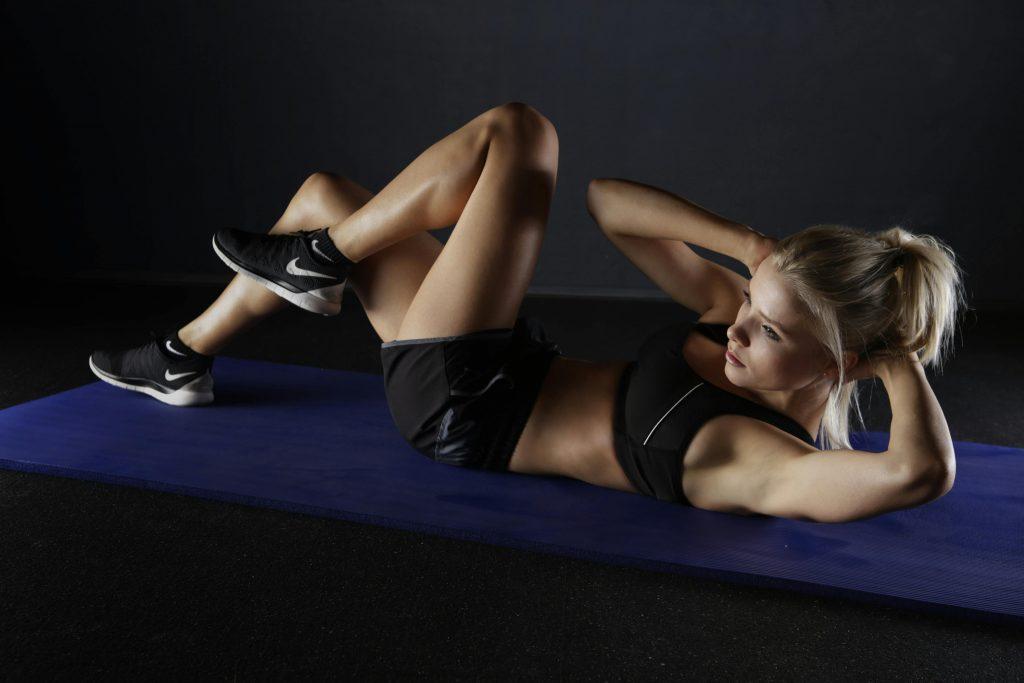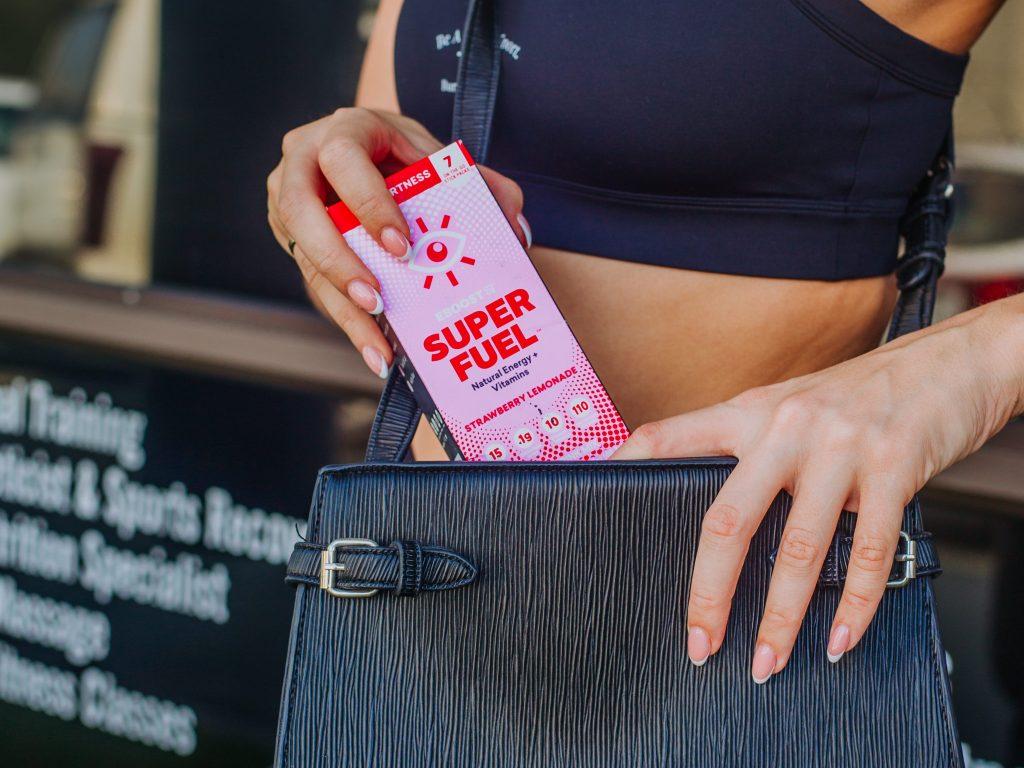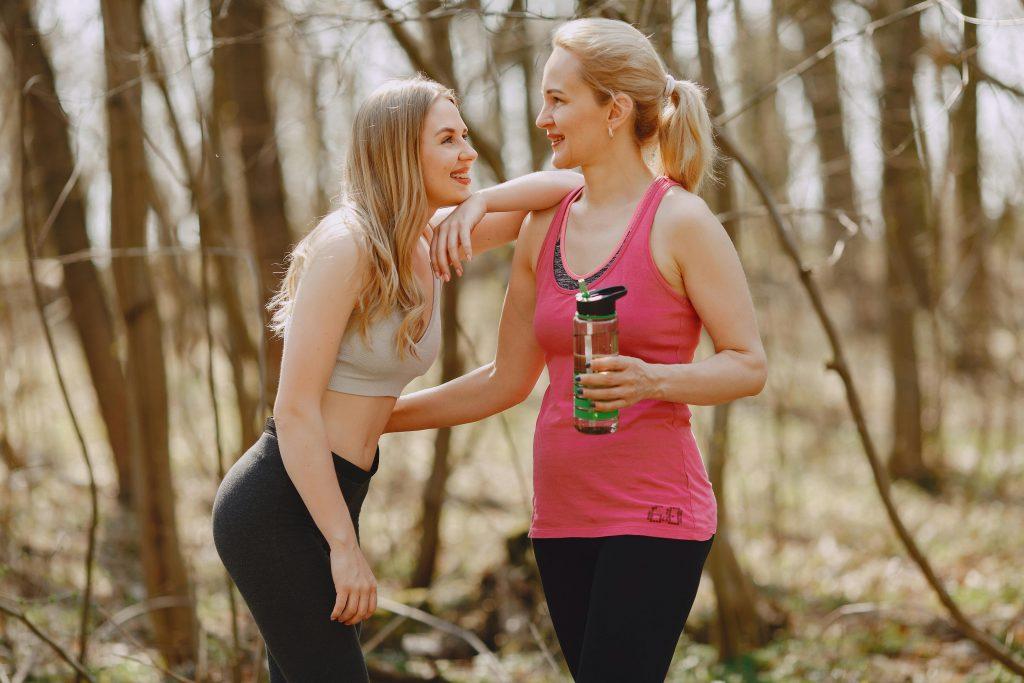Everyone always says it, yet how many of us listen? I know I am guilty as charged. When I walk into a workout, I have time to get a workout in and leave. The more and more I do this though, the more and more I think about how much better my body would actually feel during the workout and after, if I actually did mobility exercises beforehand. And not to drop the age card, but I am definitely feeling this more and more and I get older. Men’s Health put together a short video showing us 6 moves we should do for mobility before exercising.
From Crossfit Invictus – Mobilization into three primary modalities: soft tissue work, stretching, and joint mobilization.
“Mobilization can be browned down into three primary modalities: soft tissue work, stretching, and joint mobilization.
Soft Tissue Work
There are a number of modalities within soft tissue work. In gyms, self-myofascial release (SMFR) is the most common form of soft tissue work. Tools such as foam rollers, massage sticks, theracanes, and lacrosse balls are common tools for this modality. SMFR can be performed before or after training sessions. Sometimes SMFR alone isn’t enough and an athlete will have to seek out a massage therapist, chiropractor, or physical therapist who is trained to deal with issues outside the scope of a fitness coach. Modalities such Active Release Technique (A.R.T.), Rolfing, Muscle Activation Technique, Structural Integration, and Trigger Point Therapy are amongst the techniques you will find utilized by professionals. If you are experiencing sharp, shooting pain, your coach should refer you to an appropriate medical professional.
Stretching
Static stretching and proprioceptive neuromuscular facilitation (PNF) stretching are the two most common ways to stretch short, tight muscles. Static stretching normally involves using stretches that hold the target muscle in a lengthened position. Through autogenic inhibition, this method allows for increases in the passive range of motion. Static stretches are typically held for at least 30 seconds. PNF stretching comes in a variety of forms but most commonly is performed by stretching the tight muscle, isometrically contracting the muscle, and then stretching the muscle further. Kelly Starrett recommends five cycles of 5 seconds of contraction followed by 10 seconds of passive stretching. Watch Kelly Starrett demo PNF stretching here: .
Joint Mobilization
A variety of techniques are demonstrated on Kelly Starrett’s website, often involving stretch bands, to provide the distraction at a given joint. The goal of joint mobilization is to help increase the extensibility of a joint capsule by breaking up adhesions and/or stretching the capsule itself. Be cautious if you are experiencing pain or are prone to joint subluxations or dislocations as joint mobilization is contraindicated. Having said that, I would also advise against using any sort of band distraction if you are pregnant as the increased joint laxity can be problematic.
Mobility or mobilization is not to be confused with the warm-up. The primary focus of mobility is to improve positions thereby improving power output and performance. The warm-up is designed to prepare the body for movement, it does not solve positional problems.”





